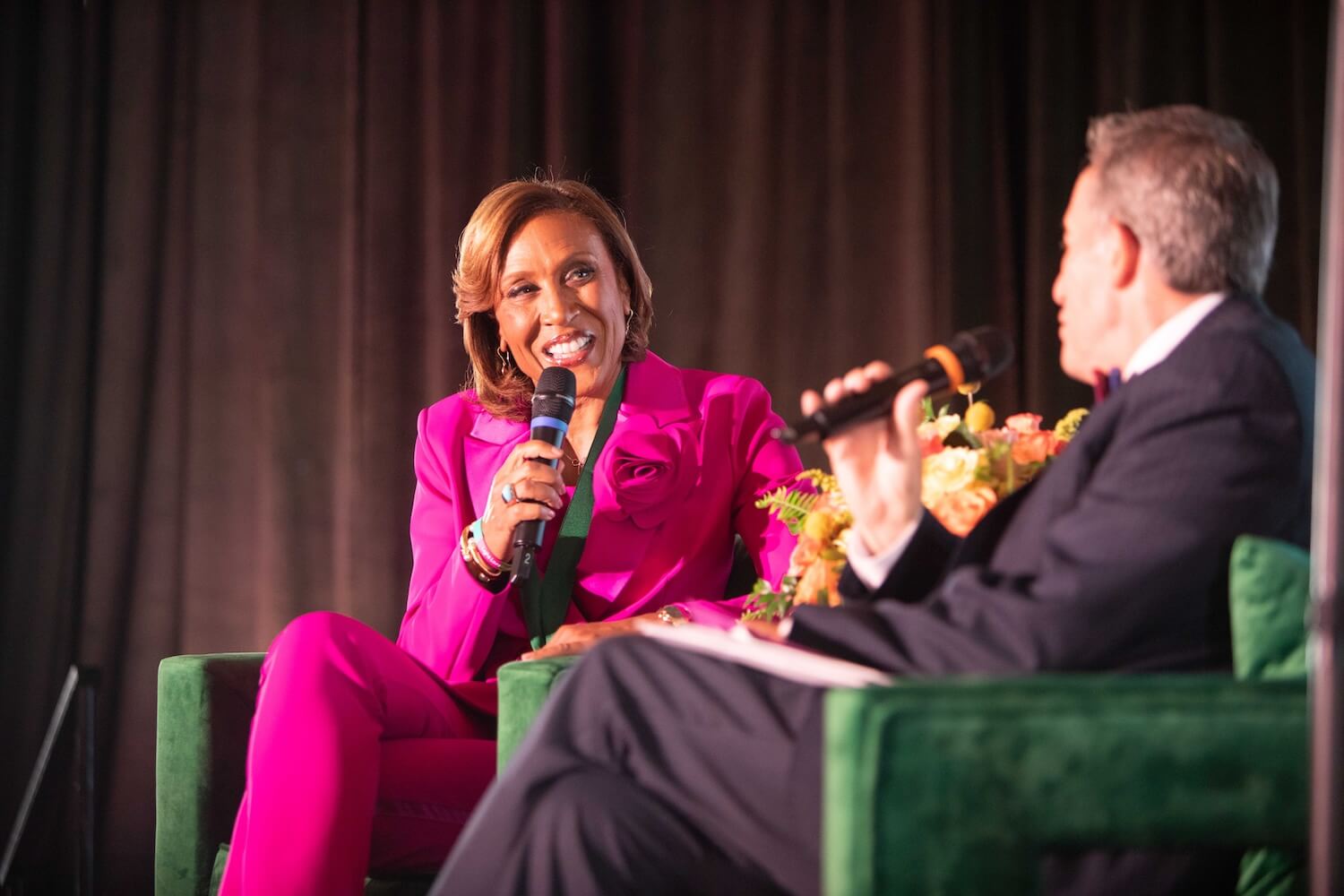[This information was originally prepared for a Poynter Institute seminar, “Training the Trainers,” held Oct. 8, 1997 in San Diego, Calif., and may not be republished without attribution to the author and to the Poynter Institute. It is based on the author’s experience as a supervisor, trainer, critic and mentor of copy editors who design at the St. Petersburg Times and other papers.]![]()
This is a seven-part web document encompassing the following topics:
1. Introduction, including a look at the goals of the copy editor who does layout and some goals of the trainer and how they conflict
2. In my ‘ideal newsroom’ …
3. Questions the trainer should ponder (and possibly ask) when reviewing the copy editor’s layouts:
4. Characteristics of a good trainer
5. A few things the copy editor deserves to understand about graphic design fundamentals
6. Resources and ideas for the trainer
7. Advice for cynics
Director of Visual Journalism, The Poynter Institute
PART 2: IN MY ‘IDEAL NEWSROOM …’
- A design stylebook exists that clearly defines the copy editor’s leeway in selecting specialty fonts, colors, or grids. If the stylebook is in place but not followed, it should be made clear that adherence to the stylebook is an expectation that will be addressed in performance appraisals.
- The goal and mission of the paper’s content is clearly projected by the top executives, interpreted clearly by the design supervisor, and explained to the staff in terms of how it should be reflected in the design. Is this a paper that likes lots of surprises for the reader – photo silhouettes, illustrations, art heads? Or one that wants to play it straight – strict grids, one head font, no color?
- Layouts are critiqued, and lessons are shared, before publication. A good time to aim for a critique is roughly when a layout is 75% finished. A bad time for a critique is right on deadline (or after deadline, unless the revision of a later edition is the issue).
- Post-mortems deal mainly with the “big picture” issues, such as the improvement of the planning process and communications, overall trends in the newspaper’s design, the tone of a section or sections over a period of time. Departmental review meetings may publicly reward a designer’s consistently good work, but should be forward-looking, should address more difficult abstract issues such as creativity, and should not nit-pick work that has come and gone.
- All pages are regarded as works in progress until the moment they are released to the imagesetter. Even though they may appear finished on the Mac, or on a printout, any step in the process should be seen as an opportunity for revision. This reduces defensiveness and minimizes the notion that the copy editor should only “unveil” the page when it is “complete” – a mentality that results in a “closed door” to coaching and teaching.
- All display page layouts are a collaboration, with one person (perhaps the copy editor) as a shepherd/producer, seeking input from several or many. It is important that someone have designated ownership of the overall art direction of each page.
- The copy editor’s seeking of feedback before publication is an expectation, not seen as a weakness, and the willingness to do so is one of the criteria for staffer evaluations.
- The trainer is articulate in how both graphic design and news work. These are separate crafts but must intersect under the design trainer. Not an easy task.
- Time is allocated for the trainer to provide guidance. Will layouts be reviewed from 4-6 every day? All day Monday, every week? A few random minutes here and there, when the work load allows? Specify when and how training will occur.
- Turf is defined and roles are clear. Copy editors often report to more than one supervisor; avoid sending mixed signals. (Should a city editor be suggesting fonts? There probably is a better person in your system.)
- Expectations are defined for the copy editor’s professional growth and development. How will the copy editor’s work be appraised? Will she be judged 25% for her design skills and 75% for copy editing? 50/50? 75/25? Or some other ratio?
- Priorities are clear for allocation of time and resources. Not all pages deserve an eight-hour shift, and not all pages deserve the “wow” type of illustration, graphic, or type attack. Which ones deserve the extra effort? Priorities might even change from week to week. Consider that allocating time and creative energy is an art form in itself.
- Critiquing production is not negotiable (that is, the nuts and bolts of the design stylebook are followed Ü a 1-pt. rule is always 1-pt., 10% gray is always the background color of at-a-glance boxes, front pages are always a 6-col. grid, etc.).
- Critiquing creativity is necessary, but should be negotiable, and must be defensible.






